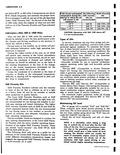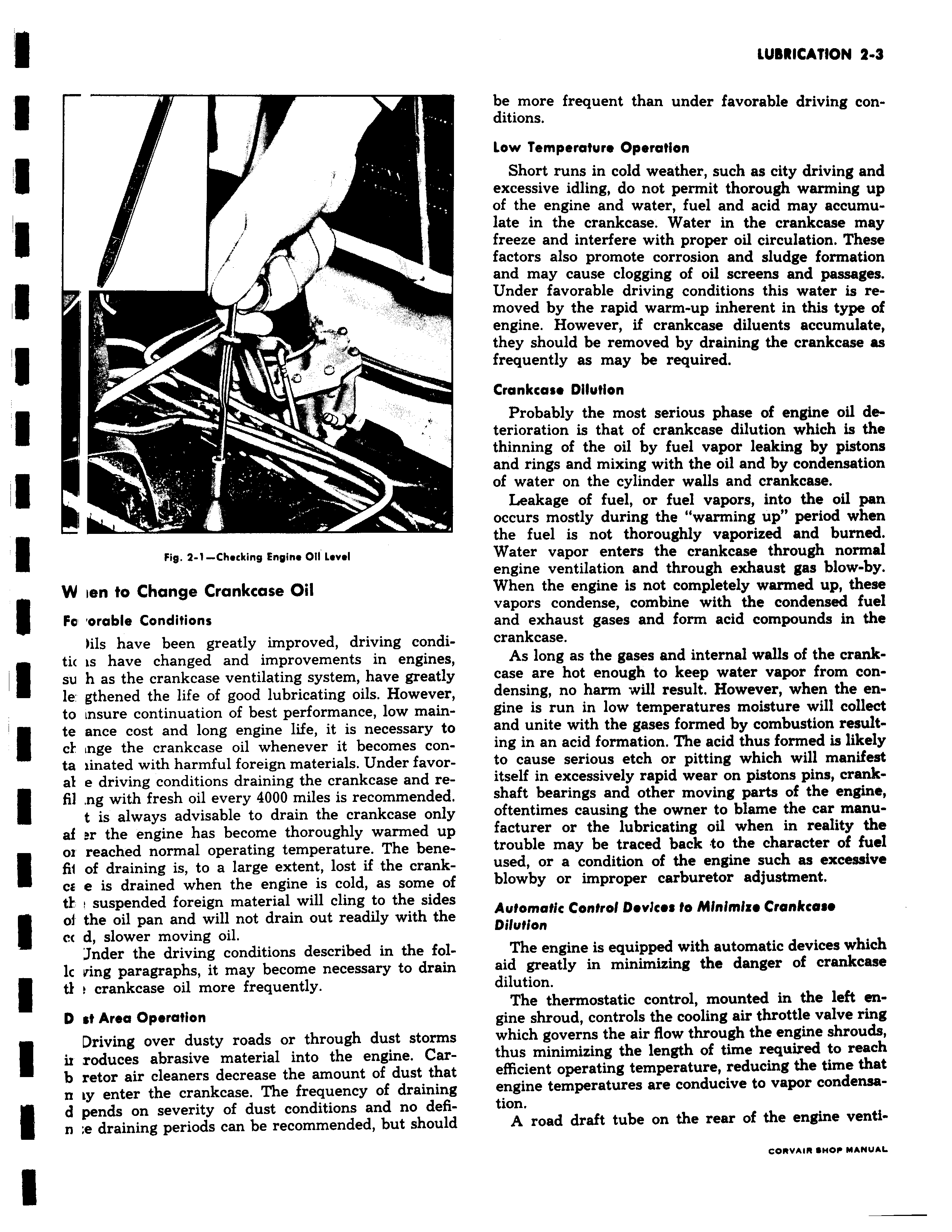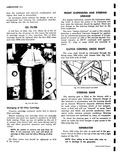Jeep Parts Wiki | Ford Parts Wiki
Home | Search | Browse
Prev

 Next
Next
t r ca T Fig 2 1 Checking Engine Oil Level W ion to Change Crankcase Oil Fe orable Conditions lils have been greatly improved driving conditic is have changed and improvements in engines su h as the crankcase ventilating system have greatly le gthened the life of good lubricating oils However to insure continuation of best performance low mainte ance cost and long engine life it is necessary ta ct inge the crankcase oil whenever it becomes conta iinated with harmful foreign materials Under favorat e driving conditions draining the crankcase and refil ng with fresh oil every 4000 miles is recommended t is always advisable to drain the crankcase only af pr the engine has become thoroughly warmed uF or reached normal operating temperature The benefi1 of draining is to a large extent lost if the crankcF e is drained when the engine is cold as some o1 tl suspended foreign material will cling to the side o1 the oil pan and will not drain out readily with the cc d slower moving oil Jnder the driving conditions described in the fol lc ving paragraphs it may become necessary to drair t crankcase oil more frequently D st Area Operation Driving over dusty roads or through dust storm ir roduces abrasive material into the engine Car b retor air cleaners decrease the amount of dust thal n iy enter the crankcase The frequency of draininE d pends on severity of dust conditions and no defi n e draining periods can be recommended but shoulc be more frequent than under favorable driving conditions Low Temperature Operation Short runs in cold weather such as city driving and excessive idling do not permit thorough warming up of the engine and water fuel and acid may accumulate in the crankcase Water in the crankcase may freeze and interfere with proper oil circulation These factors also promote corrosion and sludge formation and may cause clogging of oil screens and passages Under favorable driving conditions this water is removed by the rapid warm up inherent in this type of engine However if crankcase diluents accumulate they should be removed by draining the crankcase as frequently as may be required Crankcase Dilution Probably the most serious phase of engine oil deterioration is that of crankcase dilution which is the thinning of the oil by fuel vapor leaking by pistons and rings and mixing with the oil and by condensation of water on the cylinder walls and crankcase Leakage of fuel or fuel vapors into the oil pan occurs mostly during the warming up period when the fuel is not thoroughly vaporized and burned Water vapor enters the crankcase through normal engine ventilation and through exhaust gas blow by When the engine is not completely warmed up these vapors condense combine with the condensed fuel and exhaust gases and form acid compounds in the crankcase As long as the gases and internal walls of the crankcase are hot enough to keep water vapor from condensing no harm will result However when the engine is run in low temperatures moisture will collect and unite with the gases formed by combustion resulting in an acid formation The acid thus formed is likely to cause serious etch or pitting which will manifest itself in excessively rapid wear on pistons pins crankshaft bearings and other moving parts of the engine oftentimes causing the owner to blame the car manufacturer or the lubricating oil when in reality the trouble may be traced back to the character of fuel used or a condition of the engine such as excessive blowby or improper carburetor adjustment Automatic Control Dev7ce to Minimiz Crankcase Dilution The engine is equipped with automatic devices which aid greatly in minimizing the danger of crankcase dilution The thermostatic control mounted in the left engine shroud controls the cooling air throttle valve ring which governs the air flow through the engine shrouds thus minimizing the length of time required to reach efficient operating temperature reducing the time that engine temperatures are conducive to vapor condensation A road draft tube on the rear of the engine ventiCORVAIR SHOP MANUAL

 Next
Next